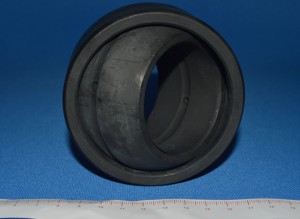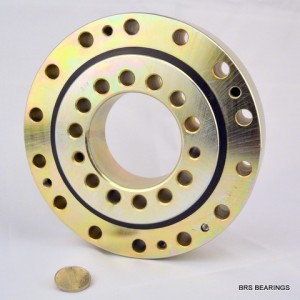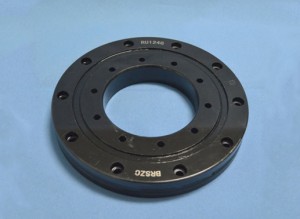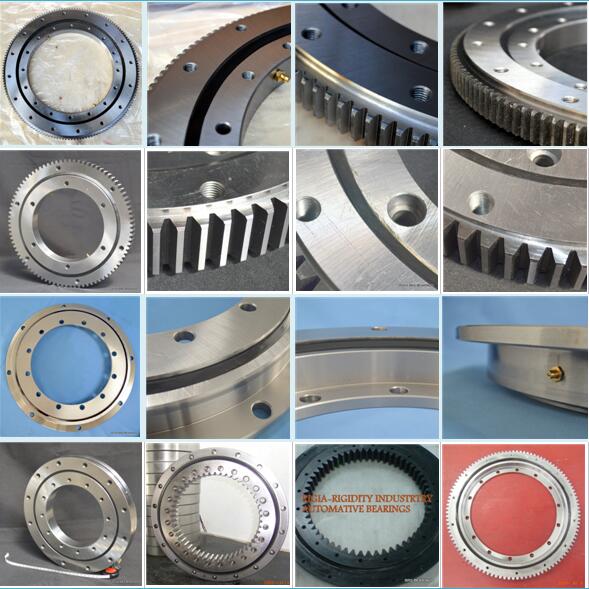Slewing Bearing Surface Treatment – Blackening, Phosphating and Zinc Plating
Slewing bearing surface treatment is a process for manually forming a surface layer on the surface of slewing rings that is different from the mechanical, physical, and chemical properties of the substrate. The purpose of surface treatment is to meet the requirements of rust-proof, corrosion resistance, wear resistance, decoration, etc. Common surface treatment methods are mechanical grinding, chemical treatment, surface heat treatment, painting.
Since some slewing bearings are applied on equipments which will be exposed to the weather, and the cost of stainless steel slewing ring is too high(also limited by production technique too), slewing bearing surface treatment becomes a good choice to extend bearings service life.
The most widely used surface treatment processes on slewing bearing are blackening, phosphate and zinc plating. Besides, the slewing rings for wind turbine are with special painting, we'll talk about this type later.
Surface blackening and phosphate treatment may be similar from the outside, but they are very different in process and agent selection, their film structure are different too.
Blackening
Blackening or black oxide treated belongs to oxidation process. Bearings are immersed in concentrated oxidizing acid solution to produce a very thin oxide film on the surface. The film compositions is mainly triiron tetroxide with thickness about 0.5~1.5μm, which barely has any affect on the dimension of bearing.
It will show different colors on different material, generally black, blue black, blue, and brown red. The main reason for the difference in color is the difference of steel materials such as carbon, silicon, manganese, chromium, nickel and other elements.
Black oxide treatment has lower cost but its film is thin, and has poor adhesion and wear resistance.
Phosphate Treatment
Phosphating refers to chemical treatment in a solution containing zinc, calcium, manganese, iron or an alkali metal phosphate primary salt to form a film on the surface of bearing. The film thickness is 1~4μm, which should be considered for high precision slewing bearings. The hydrogen embrittlement effect caused by phosphating is small, but its corrosion resistance is much better than blackening. Bearings after phosphate treating has dull surface, mostly in gray, or black gray.

Zinc Plating
Zinc plating, also called galvanizing, is the process of forming a uniform, dense, well-bonded metal or alloy deposit on the bearing surface using electrolysis. Its film thickness is 3~30μm, easy to produce hydrogen embrittlement, so need to do dehydrogenation. Since its passivation process uses hexavalent chromium, which pollutes the environment, so it's strictly under control internationally.

In general, when compare the above types of slewing bearing surface treatment, we consider three aspects.
Corrosion resistance : zinc plating > phosphating > blackening
Cost: zinc plating > phosphating > blackening
Weakness: zinc plating - hidden danger of hydorgen embrittlement
BRS specialized in offering complete solutions for bearing user, send us your requirements and applications,our professional engineers will suggest accordingly.


